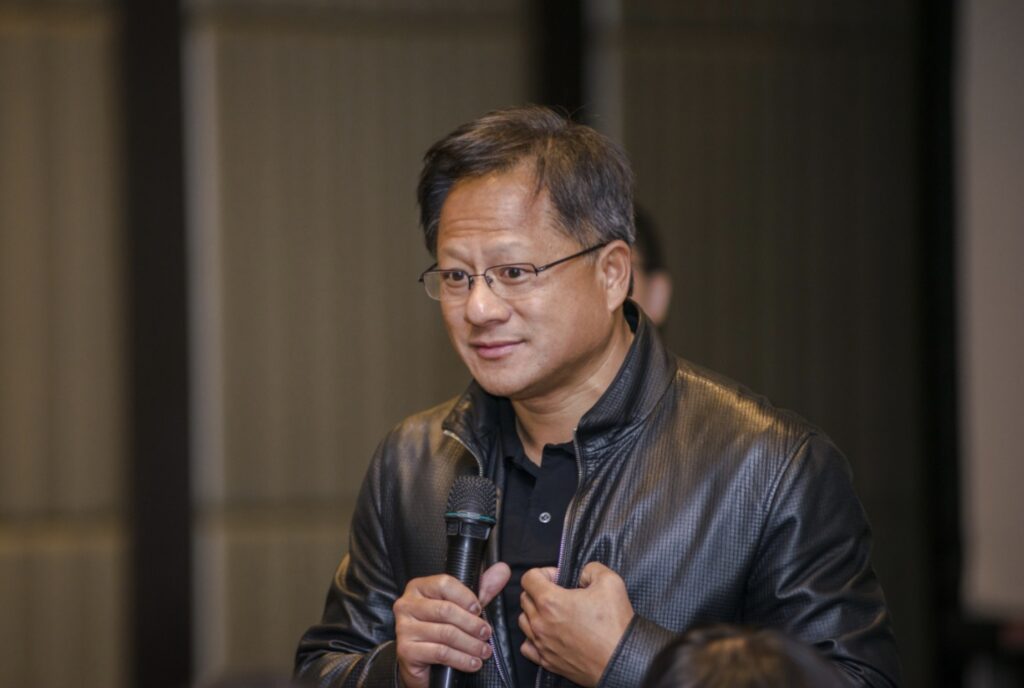Enterprise adoption, cheaper models, and global expansion power the AI safety‑first startup’s next growth chapter
- Sources say Anthropic is on track for a $9B annualized run rate by end‑2025 and is targeting more than $20B in 2026, with a best case of $26B; its current run rate is approaching $7B this month.
- Enterprise momentum is driving ~80% of revenue, with 300,000 business and enterprise customers, API‑first distribution, the budget‑friendly Haiku 4.5 model, and Claude Code nearing a $1B run rate.
- Rivalry with OpenAI intensifies amid brisk fundraising to a $183B valuation, public‑sector wins, and an international push that includes a Bengaluru office in 2026 and a major hiring expansion this year.
Anthropic is projecting an aggressive next phase of growth that would more than double—and potentially nearly triple—its annualized revenue run rate in 2026, according to two people familiar with the matter who requested anonymity to discuss private figures. The San Francisco–based AI startup is on track to meet an internal goal of a $9 billion annual revenue run rate by the end of 2025. For 2026, it has set a base case above $20 billion in annualized revenue and a best case of up to $26 billion. “Annualized revenue run rate” refers to annual revenue extrapolated from the current sales pace. The company told Reuters its annual revenue run rate is approaching $7 billion this month and declined to comment on future projections; in August, it said the rate had surpassed $5 billion.
The projections underscore unrelenting demand for enterprise‑grade generative AI, even as some investors and operators question whether infrastructure spend is sustainable. Anthropic’s results to date are rooted squarely in organizations adopting AI at scale: more than 300,000 business and enterprise customers now account for roughly 80% of the company’s revenue. That enterprise mix reflects a product posture aimed at reliability, safety, and integration—capabilities that matter most when AI leaves the lab and enters day‑to‑day workflows.
Pricing and product strategy are central to the push. On Wednesday, Anthropic introduced Haiku 4.5, the newest iteration of its most affordable model, priced at roughly one‑third the cost of Sonnet 4, one of its medium‑sized models. The move is designed to give budget‑conscious teams access to capable systems for high‑volume use cases while reserving more advanced (and costlier) models for specialized tasks. Anthropic distributes its models primarily through APIs, making it straightforward for developers and IT teams to embed AI across tools and services. The company’s code‑generation product, Claude Code—launched earlier this year—has quickly reached an annualized revenue run rate approaching $1 billion, according to one of the people.
The growth trajectory puts Anthropic in sharper competition with OpenAI, maker of ChatGPT. OpenAI said it crossed $13 billion in annualized revenue in August and is on pace to exceed $20 billion by year‑end, powered by continued ChatGPT growth and more than 800 million weekly active users. Where OpenAI benefits from the gravitational pull of a ubiquitous assistant, Anthropic’s differentiation centers on its Claude family of models and an explicit emphasis on AI safety, guardrails, and enterprise use cases. Claude has also helped catalyze a wave of code‑generation startups, including tools like Cursor.
Capital and investor enthusiasm have kept pace. Anthropic was recently valued at $183 billion following a $13 billion Series F led by ICONIQ, more than doubling its $61.5 billion valuation in March. The company is backed by technology heavyweights including Alphabet’s Google and Amazon.com. These deep‑pocketed partners and investors reflect both the capital intensity of cutting‑edge AI—where compute, data pipelines, and frontier‑model research are costly—and the belief that enterprise AI adoption is still in its early innings.
Beyond private‑sector deals, Anthropic is expanding its public‑sector footprint and international presence. In August, the company said it would offer its Claude model to the U.S. government for $1, a signal of intent to support government experimentation and early adoption. Internationally, Anthropic plans to open its first office in Bengaluru, India, in 2026—its second‑largest market after the United States. To meet demand, it intends to triple its international workforce and expand its applied AI team fivefold this year, adding the deployment muscle enterprises need to move from pilots to production.
The path to a $20–$26 billion annualized run rate is not without risk. Industry‑wide infrastructure buildouts are drawing scrutiny amid questions about near‑term returns, and some observers worry that the current level of investment could be hard to sustain. Run‑rate figures, while a useful signal of momentum, also depend on converting today’s sales pace into durable contracts and renewals. Enterprises are pressing vendors on total cost of ownership, governance, and security, and they expect steady improvements in accuracy, latency, and cost. Anthropic’s tiered model lineup—including the aggressively priced Haiku 4.5—directly targets these concerns, giving CIOs and CFOs flexibility to match workloads to the right price‑performance point.
What happens next will hinge on execution: translating widespread proofs‑of‑concept into standard operating procedure across industries; extending API‑based distribution into turnkey applications that accelerate time to value; and maintaining a safety and compliance lead as regulations evolve. With a swelling enterprise base, a rapidly monetizing developer and coding stack, and a clear international and public‑sector strategy, Anthropic has positioned itself to be one of the defining enterprise AI platforms of the next cycle. If adoption and pricing dynamics hold, the company’s ambitious 2026 outlook—more than doubling to above $20 billion in annualized revenue, with a stretch target of $26 billion—could come within reach.


